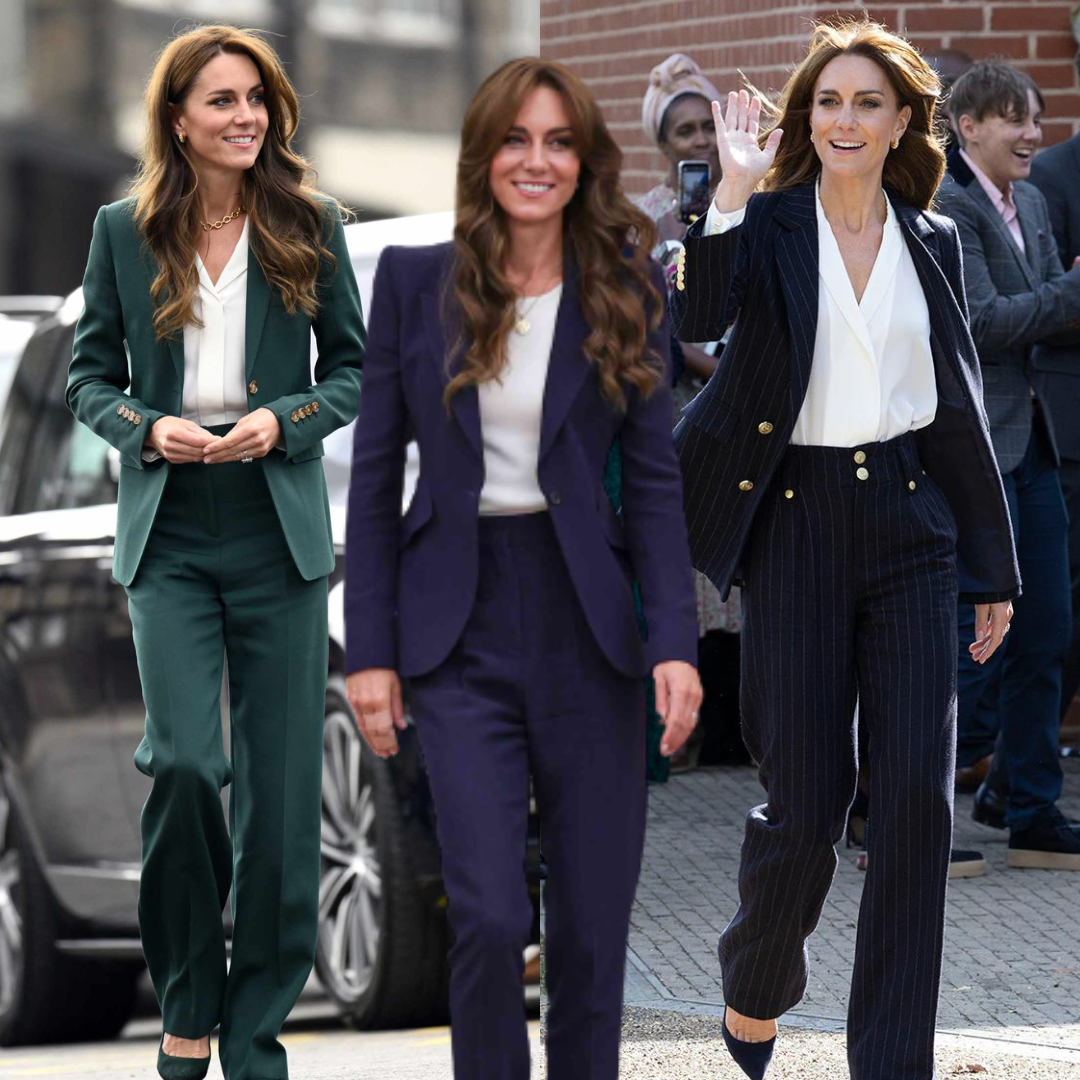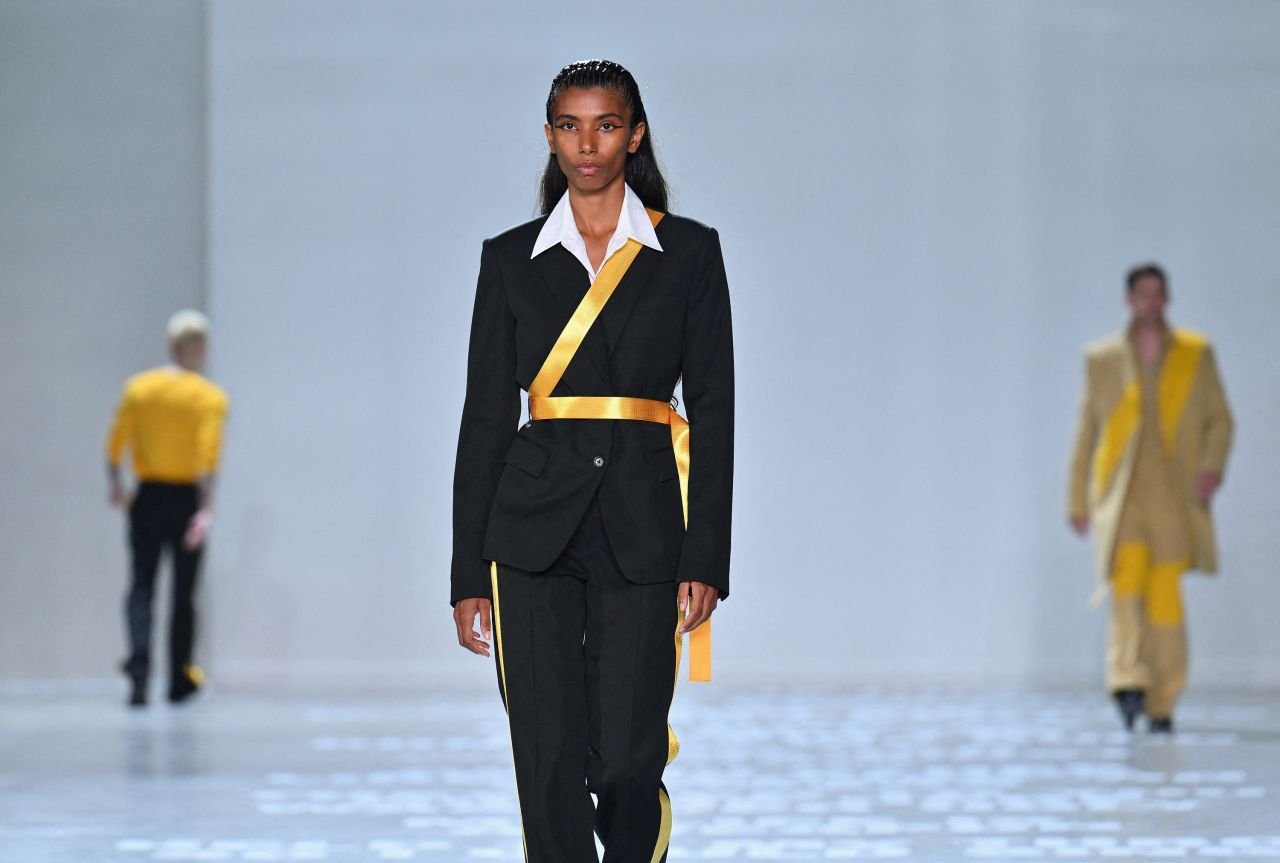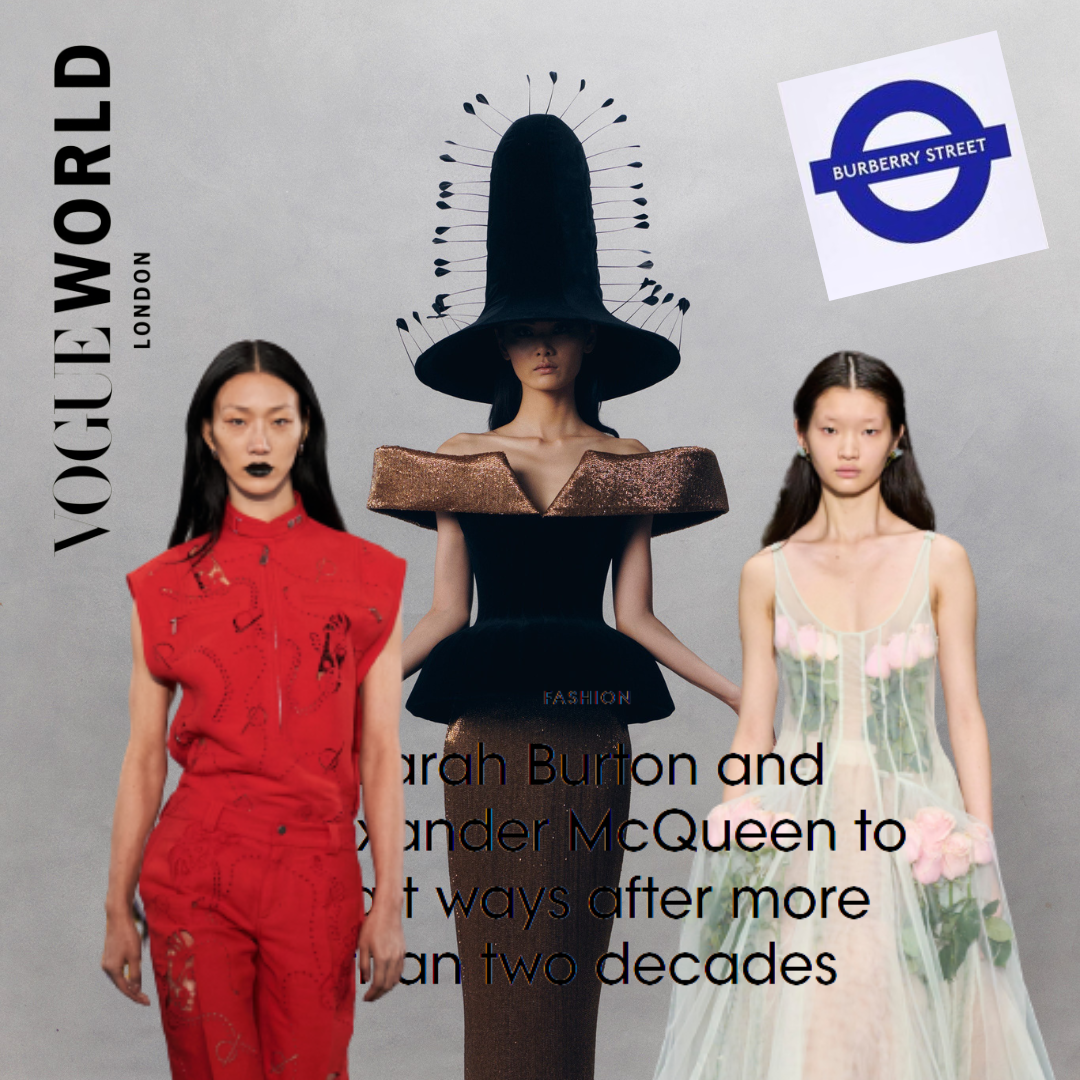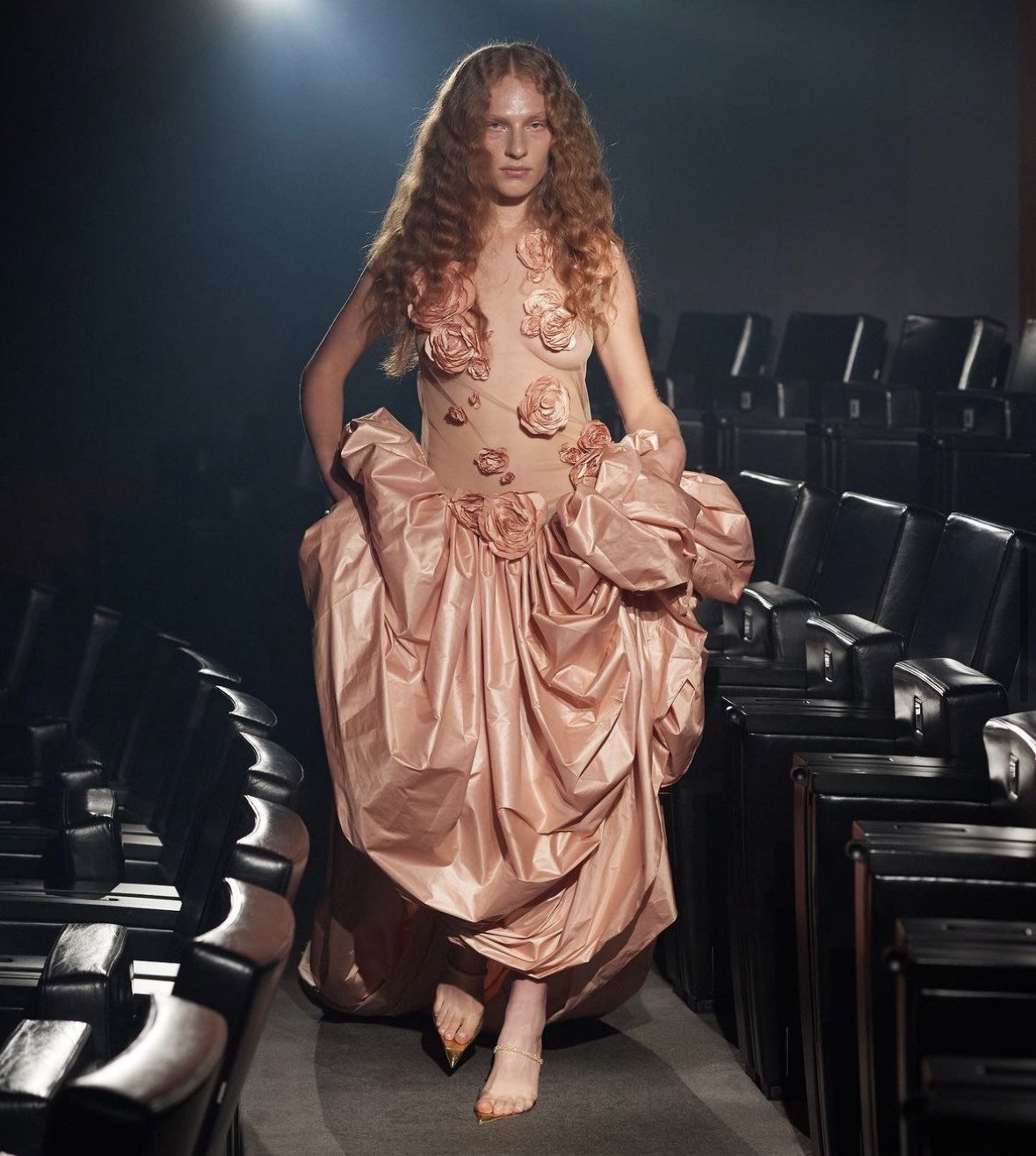The Death of The ‘Influencer’? De-influencing & The Importance of Personal Style.
If you’re anywhere on the internet you’ve undoubtedly been influenced, but what is an influencer? The most typical definition of an influencer is someone with a large social media following that people look to for guidance, for their opinions on anything from finance to fashion. In recent years it has become commonplace for brands to sponsor influencers, either paying them for endorsements or sending them free products to utilise their reach and their audience.
There can be different categories of influencers, with micro-influencers having anywhere from a few hundred to over a hundred thousand followers. They typically have smaller, more specific, sponsorships that can be more tailored to their audience. Where the big hitters can have anywhere from one million to over ten million followers, undoubtedly setting them apart from the subsection of influencers through both followers and economically through their sponsorships.
All types of influencers operate on the same baseline structure of the ways in which they create content. They will receive products which brands wish to promote, and they will create content which appears to their followers as ‘authentic’ as if they were to be using it in their day-to-day life to entice more people to buy the product. Often the influencer will get a commission through affiliate links or a code, so it is a mutually beneficial transaction. This form of influencing exploded in the early 2010s in the early beauty community with brand trips and product gifting becoming the norm to see from your favourite YouTuber.
However, in recent years there has been a shift, whether it be credited to the pandemic, social culture change, or the new rise of TikTok and its accessibility to creators. Many people are slowing in their consumption of influencer content and their marketing.
Misinformation, questionable ethics, and fatigue of consumption. All could be factors of this, with influencer engagement down drastically. So, there is a fundamental issue within the community of the lack of transparency of the influencers and their consumers becoming more socially aware of their consumption of products. People are experiencing ‘influencer fatigue’ they are done with the concept, with a new TikTok trend of people ‘de-influencing’ being the latest example of this.
In recent weeks there has been a rise in the trend of people ‘de-influencing’, where often a beauty or fashion account will list products that they’ve been influenced to buy and now regret. Such as TikTok’s most viral products like the Supergoop Glow Screen or the Rare Beauty blush.
It is undoubtedly a consequence of the current uncertain economic climate, as well as the massive push toward more mindful consumption in the face of climate issues globally. With most brands not having some form of sustainability policy displayed front and centre, sometimes the most ethical consumption of these things is none.
TikTok fashion creator Mandy Lee states: ‘It’s no longer enough to be beautiful and give product recommendations, consumers, viewers and folks behind the screen, value authenticity with that comes having a point of view personal style. Not limited to the decade-long norm of weekly hauls PR un-boxings, wearing new things every day, and glamorising overconsumption in general. The new wave of fashion influencing is through thoughtful critique education styling and genuine creativity.’
@oldloserinbrooklyn De-influencing, anti haul, and revisiting a trend forecast. “De influencing” to me is about arming folks with knowledge, and trying to facilitate conversation, ideas and critical thinking when it comes to personal style, consumption, cultural context, and fashion trends. #deinfluencing #antihaul #fashion #beautyindustry #fashiontrends #trendcycle ♬ original sound - Mandy Lee
It all leads back to the mindfulness of consumption and being aware of what you as a consumer are buying into when purchasing these products. Mandy Lee, in her video on de-influencing, says she is more interested in de-influencing as a concept to help people become more mindful and sell an idea of sustainability rather than a product.
It has been theorised through the rise of the popularity of the app TikTok is a huge offender in the encouragement of overconsumption of fast fashion, with the constant push of clothing and beauty hauls leading the viewer that they also need those products. As the algorithm of the app allows for the everyday person to experience the engagement of that influencer it is inevitably more harmful to the mindset of overconsuming goods as it appears to the viewer that they are being left out of trends and need the product they are being influenced to buy.
However, ‘de-influencing’ at its core, of a TikToker making a video solely for the purpose of discouraging the consumption of certain products has been criticised, with it being dubbed ‘influencing with an accent’. It can be argued even if the idea is there for it to be a method of encouraging sustainability the proposed virality of the trend has led it askew leading it to become the mere thing that it was originally conceptualised against.
@arden_rose It’s so funny how we can make something a trend that is in DIRECT opposition to the genesis of the trend 😂
♬ original sound - Arden Rose
This leads to the importance of the push of personal style. With the rise of hyper-specific aesthetics and personal identification, it is more important than ever to step back and evaluate what trends are appealing to you personally and what is merely popular at the time. Developing a personal style seemingly has stuck to its ideas of proposing sustainability. At its roots, personal style is when the person no longer buys into the trend cycle, which has only been accelerating in the past years. With a wardrobe full of unique pieces, they bought for their own style that they have cultivated over the years it is not necessary. This also often comes with the encouragement of shopping second-hand to find unique pieces tailored to personal taste rather than the mass-produced garments of the trend cycle. Meaning the person can also no longer be ‘influenced’ in the traditional sense that we have grown used to.
Its importance has been preached across numerous fashion accounts on TikTok with the overall message being to buy trends only if they would fit into your already existing wardrobe, prioritising longevity over momentary popularity. Seen as examples in the house of sunny Hockney dress, and overwhelmingly in the revival of ‘y2k’ styles being sold by fast fashion retailers.








